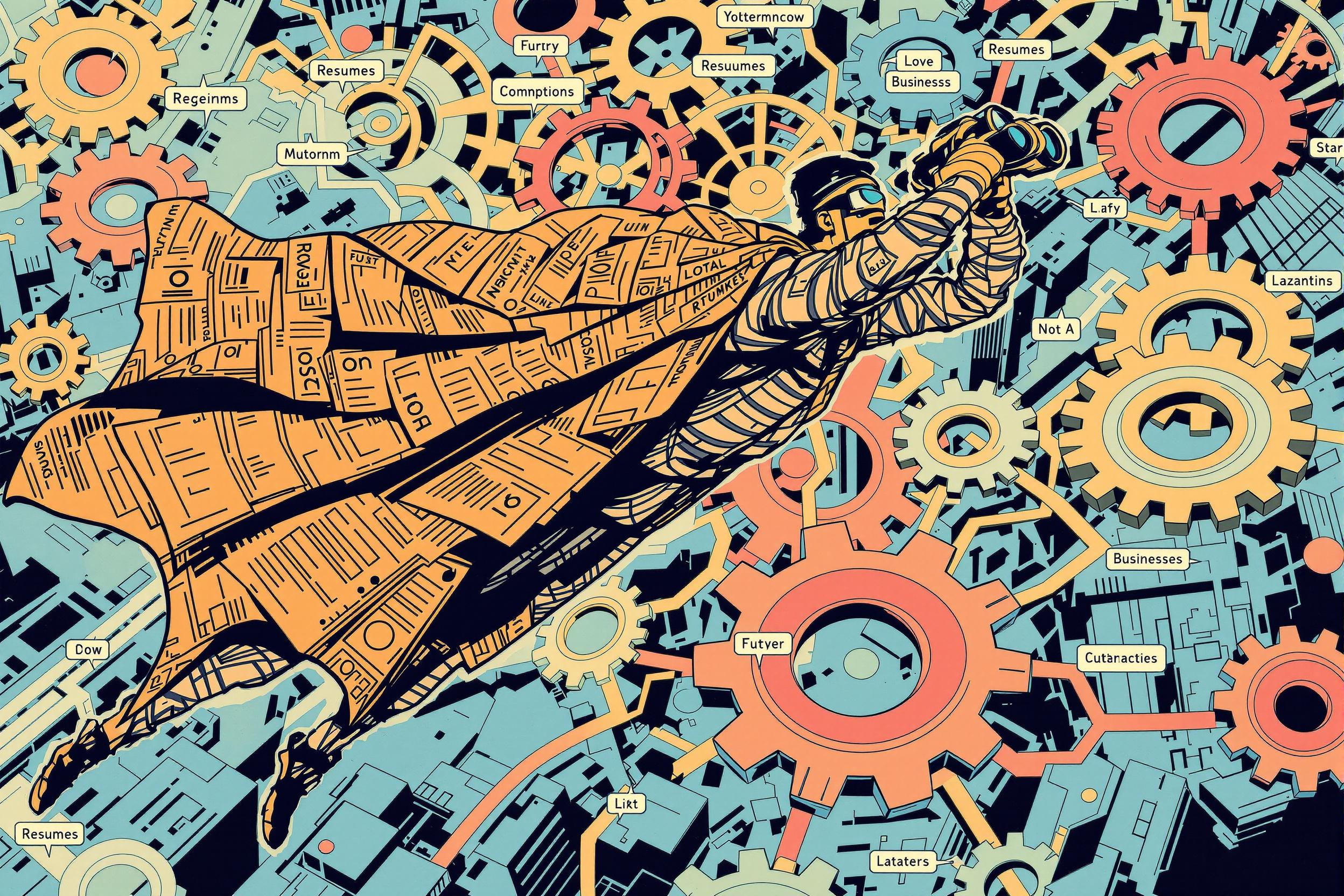
Site-specific
Site-specific art refers to artwork that is created specifically for a particular location and cannot be easily moved elsewhere without losing its meaning or impact. It's like custom-made art that takes into account the space's unique features, history, or purpose. When artists create site-specific work, they consider everything about the location - from its physical characteristics to its cultural significance. This is different from regular artwork that can be displayed anywhere, like a painting that could hang in any gallery. The term appears in job descriptions when employers are looking for artists who can create unique installations or artwork tailored to specific spaces, like a hotel lobby, corporate headquarters, or public park.
Examples in Resumes
Created Site-specific installation for city museum entrance incorporating natural light patterns
Designed Site-specific sculpture series responding to architectural elements of corporate headquarters
Led team of artists in developing Site-specific multimedia experience for historic building renovation
Typical job title: "Site-specific Artists"
Also try searching for:
Where to Find Site-specific Artists
Professional Organizations
Job Boards
Online Communities
Example Interview Questions
Senior Level Questions
Q: How do you manage large-scale site-specific projects from concept to completion?
Expected Answer: A senior artist should discuss their experience managing budgets, coordinating with architects/engineers, handling permits, leading installation teams, and ensuring safety compliance while maintaining artistic vision.
Q: Tell us about a challenging site-specific project and how you overcame the obstacles.
Expected Answer: Should demonstrate problem-solving abilities, discussing specific examples of dealing with space constraints, weather challenges, or technical difficulties while successfully completing the installation.
Mid Level Questions
Q: How do you approach creating artwork for a specific location?
Expected Answer: Should explain their process of site analysis, considering factors like lighting, traffic flow, audience interaction, and architectural elements in their design approach.
Q: How do you incorporate safety and maintenance considerations into your designs?
Expected Answer: Should discuss understanding of materials durability, public safety requirements, and designing artwork that can be maintained effectively over time.
Junior Level Questions
Q: What factors do you consider when designing for a specific space?
Expected Answer: Should mention basic considerations like measurements, lighting, foot traffic, and the purpose of the space in relation to the artwork.
Q: How do you present your ideas to clients?
Expected Answer: Should be able to describe creating sketches, mockups, or digital renderings to communicate their vision, and basic presentation skills.
Experience Level Indicators
Junior (0-2 years)
- Basic space analysis and measurement
- Creating project proposals
- Simple installation techniques
- Working with common materials
Mid (2-5 years)
- Project planning and budgeting
- Material selection expertise
- Technical drawing and modeling
- Client communication
Senior (5+ years)
- Large-scale project management
- Team leadership
- Complex installation oversight
- Permit and regulation compliance
Red Flags to Watch For
- No portfolio of completed installations
- Lack of understanding about space analysis
- No experience with public safety considerations
- Unable to provide examples of working within client constraints
Related Terms
Need more hiring wisdom? Check these out...

Tiny Neighborhoods, Huge Impact: The Surprising Power of Hyper-Local SEO in Your Hiring Game

Career Site SEO: Unlock Ridiculous Visibility and Attract Rockstar Candidates

Speak Their Language: How Localized Job Descriptions Unlock Regional Talent

